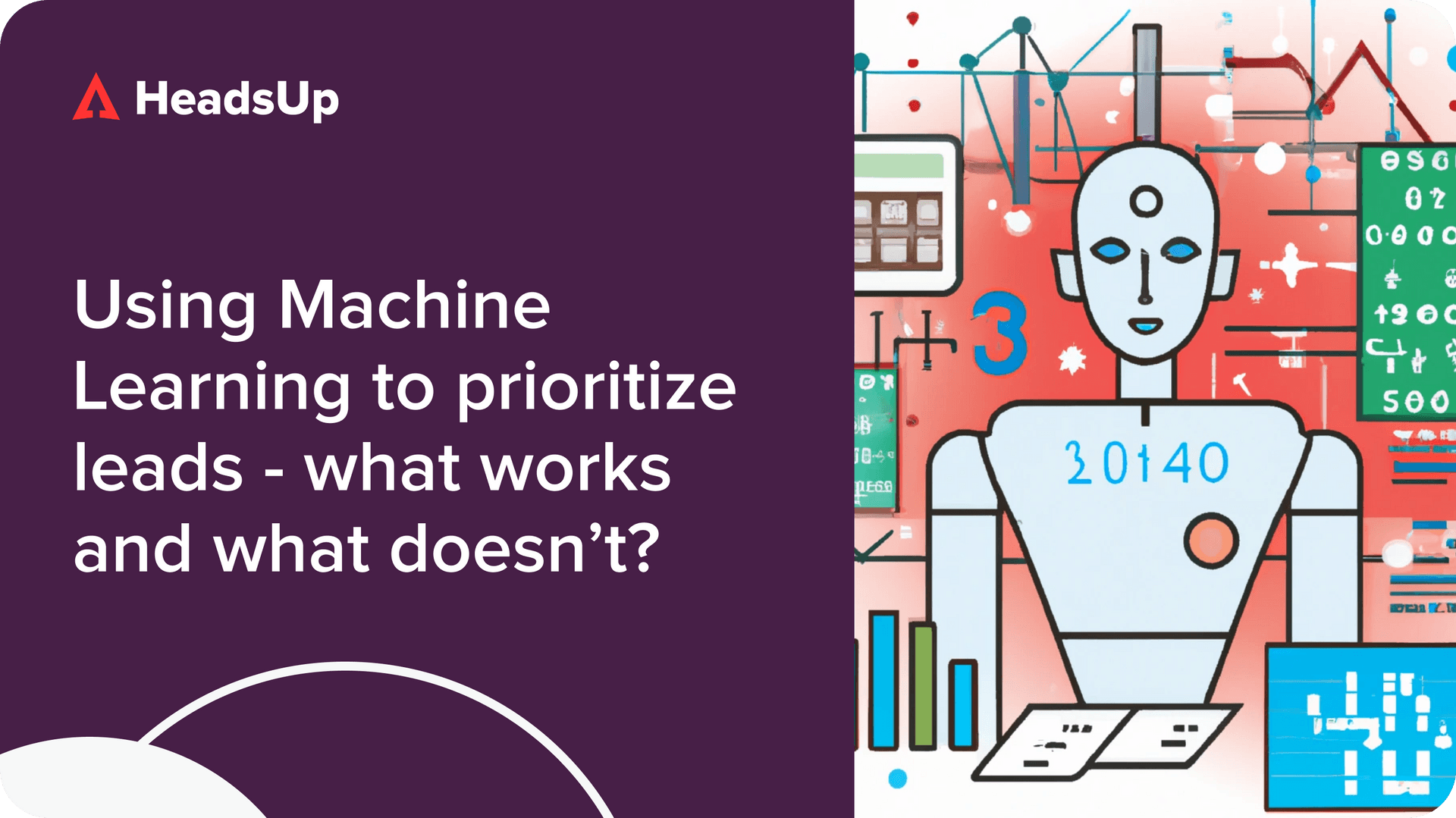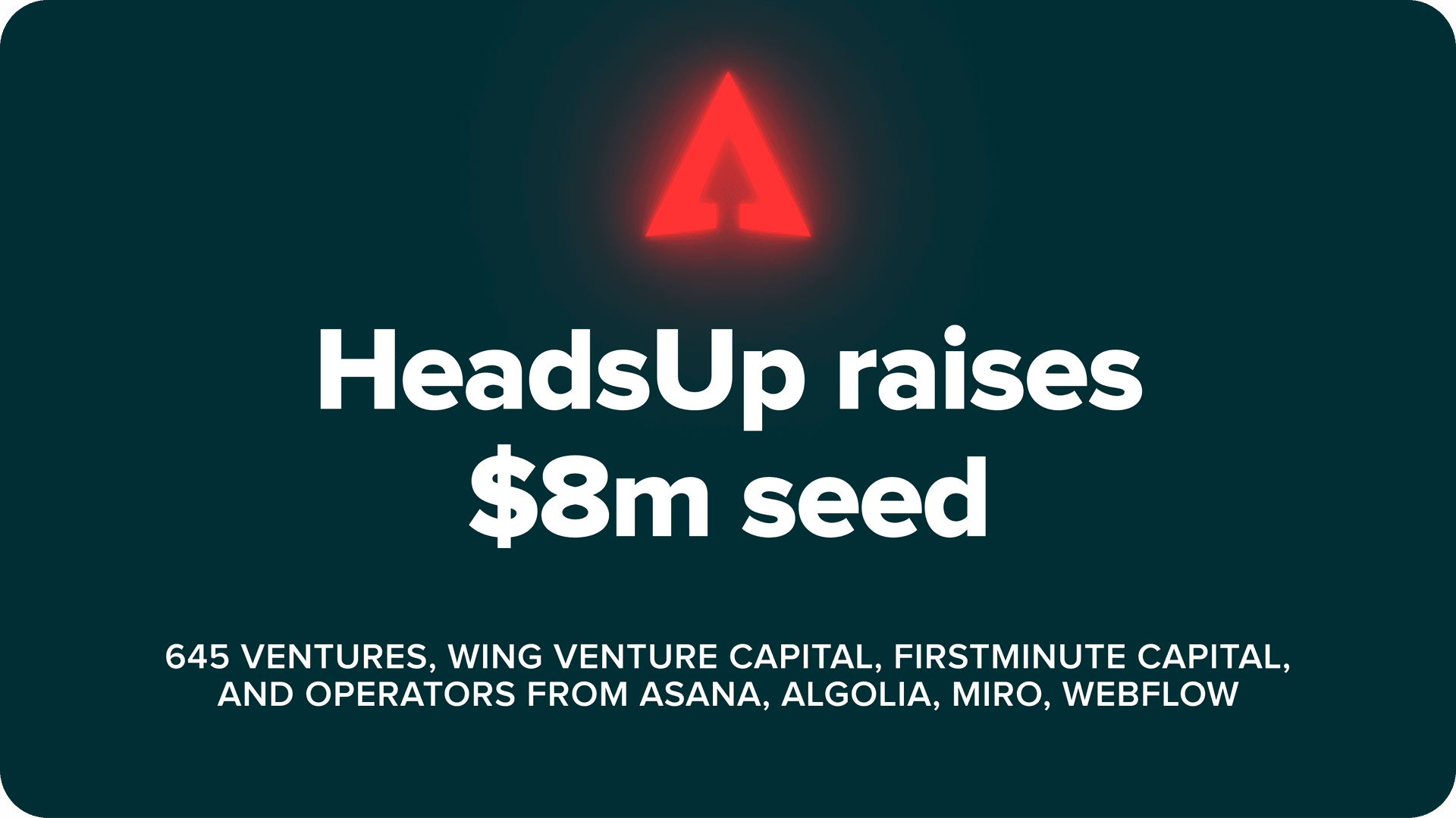If you’re a startup, should you build products with broad appeal, or customized offerings to target a niche group of customers?
And when it’s time to expand to more products, how can you come up with new, innovative, and useful offerings?
Christof Jaritz of Bitly – the connections platform used to shorten, brand standard links and create QR codes – has faced these challenges first hand. Formerly VP of Marketing and Sales at Bitly-acquired QR Code Generator, and now VP of Marketing and Growth at Bitly, Christof oversees a customer base of millions, spanning nearly every country across the globe.
Based on his experience serving customers from SMEs to Fortune 500 firms, Christof shares his three-step strategy for successful, market-driven products that stay in demand.
1. Match your customisation level to your customer base
According to Christof, decisions around product and customisation level should be driven by market need.
This often depends on your customer base. For products used by a large base of customers with different use cases, such as Bitly, keeping customization to a minimum is the way to go.
To crack the code, listen to “what the customer tells you they need”, he says.
Based on this, firms should ask themselves what the best level of sales support is, and how they want to define customer success. For Bitly, it’s about offering less customization due to the broad nature of its solution.
“We need to serve our solution to as many customers as possible, because we want to be there for everyone. It could be any small business owner wanting to do something with us,” Christof says.
“A lot of customers, such as restaurants or real estate agencies, come to us from very different spaces, so we’ve taken more of a general approach just because there are millions of customers and you need to get something off the ground. We’re looking at how to make it as easy as possible to create things in bulk.”
2. Customize your product only when you reach a critical mass of requests
Though a large number of Bitly’s clients are SMEs, it also has its fair share of big fish: 60 percent of clients are Fortune 500 firms such as Amazon.
Christof’s team runs different packages to suit this range of clients, covering both self-serve sales and enterprise solutions.
He’s observed that sometimes, companies land a major client in the early growth phase – one so large, it justifies hiring dedicated developers to work on a sophisticated white label or in-depth API solution.
But that’s not the tack Bitly takes.
“Your biggest client will always have something like 10 product needs that no other customer has,” he says. There’s a massive amount of development work that needs to go into that. That’s not something that you build just for one customer, right?”
Christof says the moment to offer customization is when a firm has amassed a “critical mass” of customers asking for a customized solution.
In this case, it’s likely that this solution will be in high demand in the market.
During Covid-19, many of Bitly’s largest clients faced a similar digitisation problem: they needed a QR code to connect the physical world to the online world, or a link to connect users to their apps or websites.
It’s at this point the company decided to build its Connections Platform to link up companies and clients across mediums – from online to offline, web to mobile – and allow them to track how users interact with their links.
“Once you make market-driven products like these, you might have built it for one customer, but demand will always follow as other customers go: ‘Oh, you offer this now, that’s great. We want to use it as well.’”
3. Create new products by combining existing solutions
Another way to develop market-led solutions is combining existing offerings that interlink nicely, Christof says.
For example, Bitly offered restaurants around the world QR codes linked to digital menus amid the pandemic-led shift to digital. This saved clients, who were often not tech-savvy, from having to code their own websites.
Bitly could do this thanks to the recent acquisition of QR Code Generator. “The acquisition happened because there was a clear need in the market for different types of link management solutions all in one place. We were looking to bring that together to add value as quickly as possible,” Christof says.
He encourages product managers to schedule conversations directly – not through sales or marketing – with customers, ideally those who have been using both types of products, to find out how they are being used.
These chats help the product team understand where customer demand is headed, and how to provide extra value.
“What we want is to provide something the market really wants, that’s greater than the sum of its parts,” he says.
You don’t want a solution to today’s problems, but tomorrow’s, adds Christof. And to peer into the future with customer insights is precisely how to stay future-proof. When business problems appear down the line, your product will be ahead of the curve, ready to delight customers with solutions they didn’t realize they needed.


